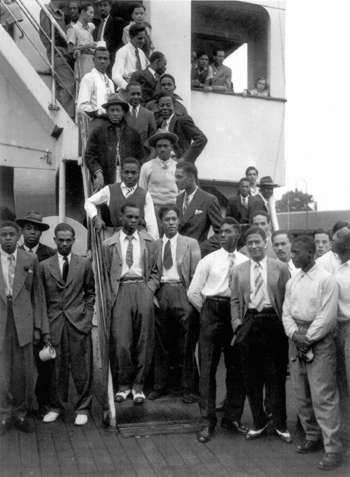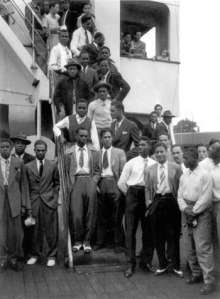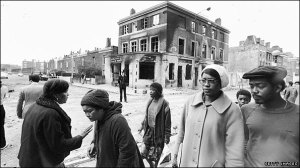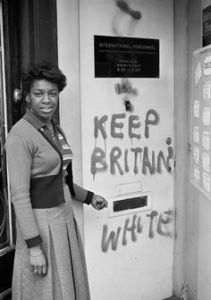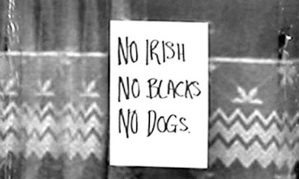In the aftermath of World War II, there was a large shortage of labour in Britain. To address this issue, tens of thousands of black people from the English-speaking Caribbean were invited to Britain to fill labour requirements, ranging from hospital work to transportation services, with the first 492 arriving in 1948 from Jamaica on SS Empire Windrush. Jamaicans made up a rather large number of these immigrants, with some 10,000 arriving in London in 1954 alone, but there were members from a number of other islands, such as Trinidad and Barbados. Many of the newcomers settled in areas familiar to us now, with Brixton being one of the most populous areas for Caribbean immigrants.
Many came full of hope, expecting Britain to offer them a higher standard of living and better education for their children. However, things were not so simple.
Racial tensions were rising. At the time, attitudes towards black people in general were negative and increasingly hostile, coupled with anti-immigration rhetoric claiming that the newcomers were taking jobs which could have been filled by white Britons instead. These sentiments were fuelled by fascist groups such as the Union Movement founded by Sir Oswald Mosley, and the White Defence League (predecessor of the National Front, formerly known as the BNP). Due to the fact that no legislation was in place in the UK which addressed racial discrimination until the first attempt came in the form of the Race Relations Act of 1965, it was common for black Britons to be denied service in areas like hotels and shops and they were subject to unfair pricing with regards to housing.
